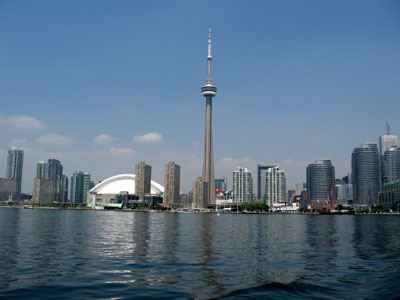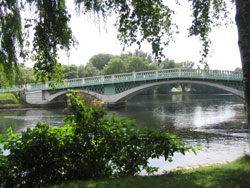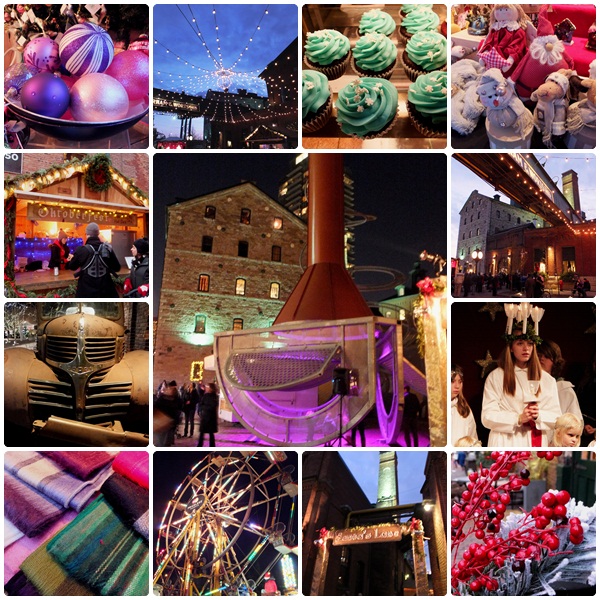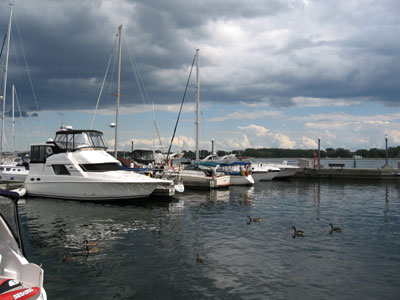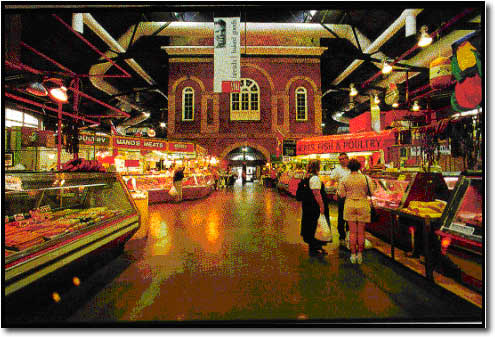For a person as curious as me, I am always out on some sort of discovery. No wonder travel writing appeals so much to me because it gives me the opportunity to explore interesting new places all the time. But of course my inquisitive mind never rests, so when I am not traveling out of town, I venture out locally right here in my chosen home town of Toronto to investigate the nooks and crannies of my city.
Over the last few years I have had an opportunity to explore many different cities in many different ways, by walking, through driving tours, sightseeing buses, architectural tours, even boat tours or by taking public transit; but one of my very favourite ways is to discover a city by bicycle. With a bike you can get almost anywhere, you cover more ground than by walking, but you are still able to stop at any time and admire a particular detail up close. In addition, it helps you burn a few calories, a consideration that is becoming ever more important as my waistline expands.
So I had already done bicycle tours in Montreal and Vancouver, and I was wondering if there was a company in Toronto that offered organized bicycle tours. On the website of my good friend Bruce Bell, a renowned Toronto historian and tour guide, I finally found a link to a company called “Sights on Bikes”. That sounded interesting, so I started investigating their website and contacted one of the co-owners, Jordan Feilders, to tell me more about his company. He suggested that I come out to Sights on Bikes Deluxe City Tour to experience Toronto first-hand in one of his organized bicycle tours.

Jordan Feilders from Sights on Bikes gets ready for the tour
Punctually at 10 am I was waiting at the southwest corner of the intersection of Yonge Street and Queens Quay. Another lady dressed in bicycle attire came up to me and asked me if I was about to participate in the bicycle tour. I confirmed and she introduced herself as Susan from Florida who was up here in Toronto to join her husband who was here to attend a conference. Just minutes later our tour guide Jordan arrived and welcomed us.
Ever nosy I asked him to tell me a bit about his background and he indicated that he is a graduate of the University of Toronto in International Relations and Environmental Studies. Three years ago he started Sights on Bikes together with two friends, initially as an idea for a cool summer job during university. Since then Jordan has taught skiing in Jackson Hole and also worked during the winter at a lobby firm in Washington, D.C. In the summer he returned to Toronto to run his company and he is on the road with visitors virtually every day.
Jordan took us to a locked storage container on the parking lot and retrieved three bicycles as well as helmets for us. Sights on Bikes’ bicycles are extremely comfortable touring bikes with six gears that make sight-seeing an easy and painless experience. We started cycling up Yonge Street and then turned east on the Esplanade, one of Toronto’s premier restaurant streets that at one point actually used to be at the waterfront of Toronto before the harbour area to the south was filled in.

The south side of the St. Lawrence Market
Our next stop was the St. Lawrence Market, one of two major markets in Toronto. This market was actually Toronto’s first permanent city hall and jail house between 1845 and 1899. A police station also used to be located on the first floor. In the late 1800s the market building was altered radically after the construction of Toronto’s City Hall at Queen and Bay Streets. The central portion of the original market building (the South Building) has survived and the original council chamber of the former city hall today houses the Market Gallery. Susan and I had a quick peek into the market hall and admired the wide assortment of food retailers.

The market hall at the St. Lawrence Market
The St. Lawrence Market is one of Toronto’s beloved historic buildings, and the lively atmosphere of the market and the extensive culinary assortment is a huge draw for locals and tourists alike. The market features everything from baked goods, cheese and dairy products, to flowers, fruits, vegetables, meats, poultry and seafood to organic products and gourmet teas and coffees. Several sit-down restaurants and snack-bars will soothe hungry appetites. The North Market across the street features a farmer’s market on Saturdays and an antique market on other days.
The area at the foot of Jarvis and Front Street also used to be the terminus of the Underground Railway, a network of secret routes and safe houses that allowed African slaves to escape from the southern United States to free states and Canada. It is estimated that a least 30,000 slaves escaped to Canada, and many of these slaves arrived on boats in Toronto at the foot of Jarvis Street.

St. Lawrence Hall
Just one block north of the St. Lawrence Market Jordan made another stop and briefed us on another historic jewel of Toronto: St. Lawrence Hall, located at the intersection of King and Jarvis Streets, was constructed from 1849 to 1850. Originally this structure contained a hall for public meetings on the north side, and a covered market on the south. During its heyday it was used for important social and cultural events as well as lectures. After many years of disrepair it was finally restored to its former glory in 1967 and has again become a location for special events in the city.

The spire of St. James Cathedral
Right across the street Jordan took us to our next destination: St. James Cathedral, the oldest congregation in Toronto. First established in 1797, the current cathedral was completed in 1844 and with a height of 305 feet it features the second tallest church spire in Canada (after St. Joseph’s Oratory in Montreal). One of the most colourful personalities connected to this Gothic Revival church was the Right Reverend Dr. John Strachan, the first Anglican Bishop of Toronto. He was a member of Canada’s “Family Compact”, the conservative elite that first ruled the British colony of Upper Canada. He was known for his fierce loyalty to the British monarchy, as well as his hatred for slavery and republicanism. The cathedral itself has received heritage designations from the Ontario Ministry of Culture, from Heritage Toronto as well as from the Government of Canada.

Old City Hall
We followed Jordan up Church Street, and then turned west on Richmond Street to turn north on Bay Street where we made our next stop at Toronto’s Old City Hall. It was built between 1889 and 1899 and designed by famous architect E.J. Lennox who also designed Toronto’s Casa Loma and the King Edward Hotel. Old City Hall is a masterpiece of Richardson Romanesque Revival style with rich carvings adorning the façade. The original budget of $600,000 had grown to more than $2.5 million which caused a major uproar on Toronto’s city council. The clock tower is more than 300 feet (over 100 m) high and features a gigantic bell known as Big Ben. At the time of its completion Old City Hall was the largest building in Toronto as well as the largest civic building in all of North America. Old City Hall was almost demolished in the 1960s but a group of concerned citizens fought to save it, and today it is a National Historic Site.
Jordan not only filled us in on the various sights along the way, he also gave us a civics lesson and explained the Canadian flag, the Canadian parliamentary system, the Canadian healthcare system as well as Canada’s history and the origins of Quebec and Ontario. This type of knowledge is particularly important to out-of-towners who are trying to understand this city and my co-traveller from Florida certainly appreciated this information.

New City Hall
Across the street we stopped at the next site: Toronto’s New City Hall, one of Toronto’s most distinctive landmarks. The building was opened in 1965 and was designed to replace Old City Hall. The architect for this modernist design was chosen in an international competition in 1958 and the winning entry among more than 500 designs was by Finnish architect Viljo Revell. New City Hall is composed of two rounded towers on a rectangular base that features a saucer-like council chamber. In front of New City Hall is Nathan Phillips Square, an expansive public space that is often used for festivals and special events and features a reflecting pond in the summer that is turned into a popular skating rink in the winter.

Osgoode Hall
